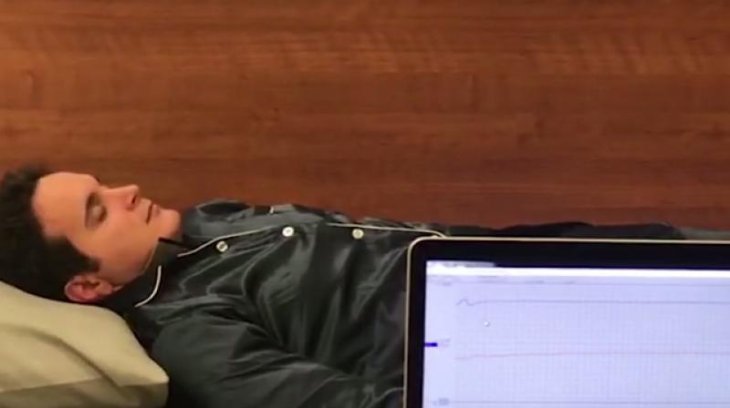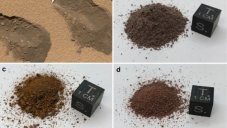Researchers Develop Smart Sleepwear With Health-Monitoring Function
Saanvi Araav - Sep 24, 2019

A group of researchers has successfully developed smart sleepwear that could monitor our bio-metric data during our sleep.
- The Rs 2.5 Lakh Sound Shirt Helps Deaf People Feel The Music
- Monitoring Heart Made Easy By A Newly Developed Wearable Device
- Patients With Parkinson May Fall Less With These Smart Garments
Many scientists predict that garment in the future will come with portable, unobtrusive devices to monitor respiratory rhythm and heart-rate during sleep. However, at the moment, a group of researchers has developed a physiological-sensing sleepwear called phyjamas.
Smart phyjamas
This group composes of two graduate students S. Zohreh Homayounfar and Ali Kiaghadi, their materials chemist professor-Trisha L. Andrew and a computer scientist-Deepak Ganesan. They have introduced their sleepwear with health-monitoring function at the UK Ubicomp 2019 conference.

Professors L.Andrew has explained that usually, people think that smart garments refer to pieces of tight clothing which feature various sensors to measure physical and physiological signals. But that is not the answer for casual clothing, especially, sleepwear.
Ganesan said that their team's insight was on the fact that we wear our sleepwear loosely, but there are still parts of it pressed or touched our body. It is because of our sleeping posture and the contact we have with the bed's surface. That includes pressure our body creates when pressed against a bed or chair. Sensors could be applied in those regions to measure the movements caused by breathing and heartbeats.
The difficulties
The challenge is that the signals could be unreliable individually, especially with loose-fitting garments. However, signals from various sensors across different regions on our body could be combined to get a much more accurate reading.
The team explained that they had to work on different ideas to realize their vision. In the process, they understood that there was no existing fabric-based way to sense dynamic and continuous pressure changes.

They finally came up with a brand new pressure sensor (fabric-based) and incorporated it with a triboelectric sensor - to make a new type of distributed sensor which suits their purpose.
The team also developed a data analytics method to combine signals from various regions on the body, taking into account the signal's quality.
They have performed several users studies in both natural and controlled settings. They showed that this sleepwear could extract our heartbeat peaks with high accuracy and breathing rate as well as predicting sleep posture perfectly.
Featured Stories

Features - Jul 01, 2025
What Are The Fastest Passenger Vehicles Ever Created?

Features - Jun 25, 2025
Japan Hydrogen Breakthrough: Scientists Crack the Clean Energy Code with...

ICT News - Jun 25, 2025
AI Intimidation Tactics: CEOs Turn Flawed Technology Into Employee Fear Machine

Review - Jun 25, 2025
Windows 11 Problems: Is Microsoft's "Best" OS Actually Getting Worse?

Features - Jun 22, 2025
Telegram Founder Pavel Durov Plans to Split $14 Billion Fortune Among 106 Children

ICT News - Jun 22, 2025
Neuralink Telepathy Chip Enables Quadriplegic Rob Greiner to Control Games with...

Features - Jun 21, 2025
This Over $100 Bottle Has Nothing But Fresh Air Inside

Features - Jun 18, 2025
Best Mobile VPN Apps for Gaming 2025: Complete Guide

Features - Jun 18, 2025
A Math Formula Tells Us How Long Everything Will Live

Features - Jun 16, 2025
Comments
Sort by Newest | Popular